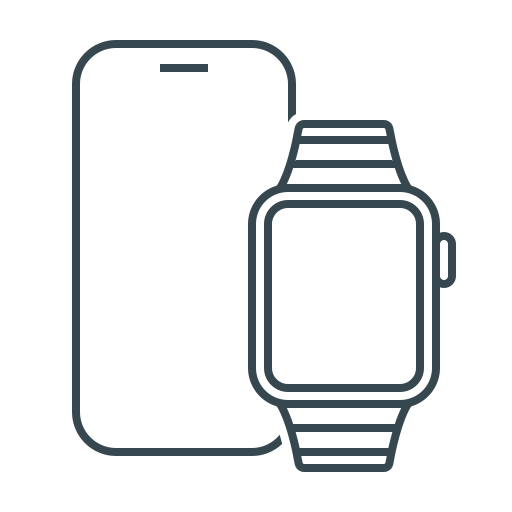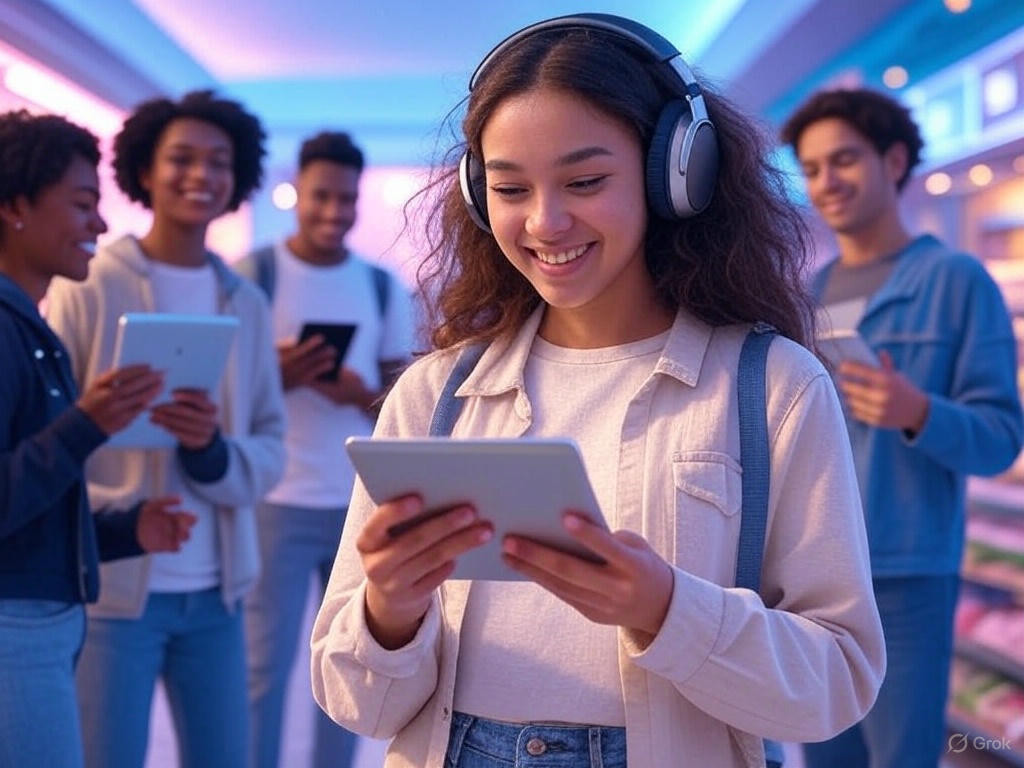Samsung Galaxy S Series vs iPhone
Title: Samsung Galaxy S Series vs iPhone: A Feature-by-Feature Showdown Across Generations
The Samsung Galaxy S series has stood as the primary rival to Apple's iPhone lineup since its debut in 2010. From the original Galaxy S to the latest Galaxy S24 Ultra, Samsung has continuously innovated in design, display, camera technology, and software features. In this comprehensive blog, we take a deep dive into each Galaxy S series generation, compare them with the corresponding iPhones, and highlight where each brand leads.
🌐 Galaxy S (2010) vs iPhone 4 (2010)
-
Galaxy S: 4.0" Super AMOLED display, 1GHz processor, Android 2.1 Eclair, 5MP camera.
-
iPhone 4: 3.5" Retina Display, A4 chip, iOS 4, 5MP camera + VGA front camera.
-
Key Takeaway: iPhone 4 introduced a premium glass design and FaceTime, but the Galaxy S wowed with its AMOLED screen and more open Android OS.
🌐 Galaxy S2 to S5 (2011-2014) vs iPhone 4s to iPhone 5s
-
Galaxy S2 to S5: Gradual increase in screen size (4.3" to 5.1"), AMOLED refinement, removable batteries, microSD support, water resistance (S5), and TouchWiz UI.
-
iPhone 4s to 5s: Retina improvements, Touch ID, sleek aluminum bodies, fixed storage.
-
Key Takeaway: Samsung focused on hardware flexibility, while Apple emphasized premium design and ecosystem integration.
🌐 Galaxy S6 & S7 Series vs iPhone 6 to iPhone 7
-
Galaxy S6/S7: Metal & glass design, wireless charging, high-res displays (Quad HD), water resistance.
-
iPhone 6/7: Slimmer profile, faster A-series chips, 3D Touch, removal of headphone jack (iPhone 7).
-
Key Takeaway: Samsung gained parity in design and surpassed in display and battery tech.
🌐 Galaxy S8 & S9 vs iPhone 8/X
-
Galaxy S8/S9: Infinity Display with curved edges, iris scanner, Samsung DeX, slow-mo video.
-
iPhone 8/X: iPhone X brought Face ID and OLED display, iPhone 8 retained older design.
-
Key Takeaway: Galaxy S8/S9 were more futuristic in design and features; iPhone X changed Apple's design philosophy.
🌐 Galaxy S10 Series vs iPhone XS/11
-
Galaxy S10/S10+: Triple cameras, in-display fingerprint, reverse wireless charging, hole-punch display.
-
iPhone XS/11: Face ID, powerful A12 Bionic, iOS polish, great video recording.
-
Key Takeaway: Galaxy S10 offered more features, but iPhone had better optimization.
🌐 Galaxy S20 Series vs iPhone 11 Pro/12
-
Galaxy S20/S20+/Ultra: 120Hz display, 108MP camera (Ultra), 5G, massive zoom.
-
iPhone 11 Pro/12: Night mode, Dolby Vision recording, MagSafe (12), iOS 14.
-
Key Takeaway: Samsung pushed hardware limits; Apple responded with better software and stability.
🌐 Galaxy S21 & S22 vs iPhone 12/13
-
Galaxy S21/S22: Design refinement, better thermals, 8K video, improved One UI.
-
iPhone 12/13: Ceramic Shield, sensor-shift stabilization, cinematic mode, A15 chip.
-
Key Takeaway: Both matured; Samsung leads in versatility, Apple in performance efficiency.
🌐 Galaxy S23 & S24 Series vs iPhone 14/15
-
Galaxy S23/S24 Ultra: Snapdragon 8 Gen 2/3, 200MP camera, AI tools, Vision Booster display.
-
iPhone 14/15 Pro: A16/A17 chip, Dynamic Island, ProMotion, titanium build.
-
Key Takeaway: Galaxy S24 Ultra stands as Samsung's most refined phone, with Apple focusing on a polished ecosystem and power efficiency.
🌟 Final Thoughts
Samsung's S series always pushes the boundary of what smartphones can do in terms of hardware, while Apple excels in software stability and ecosystem integration. Choosing between them comes down to preference: customization and tech (Samsung) vs seamless simplicity and support (Apple).
Which side are you on?




 VerifyScro Blogs
VerifyScro Blogs